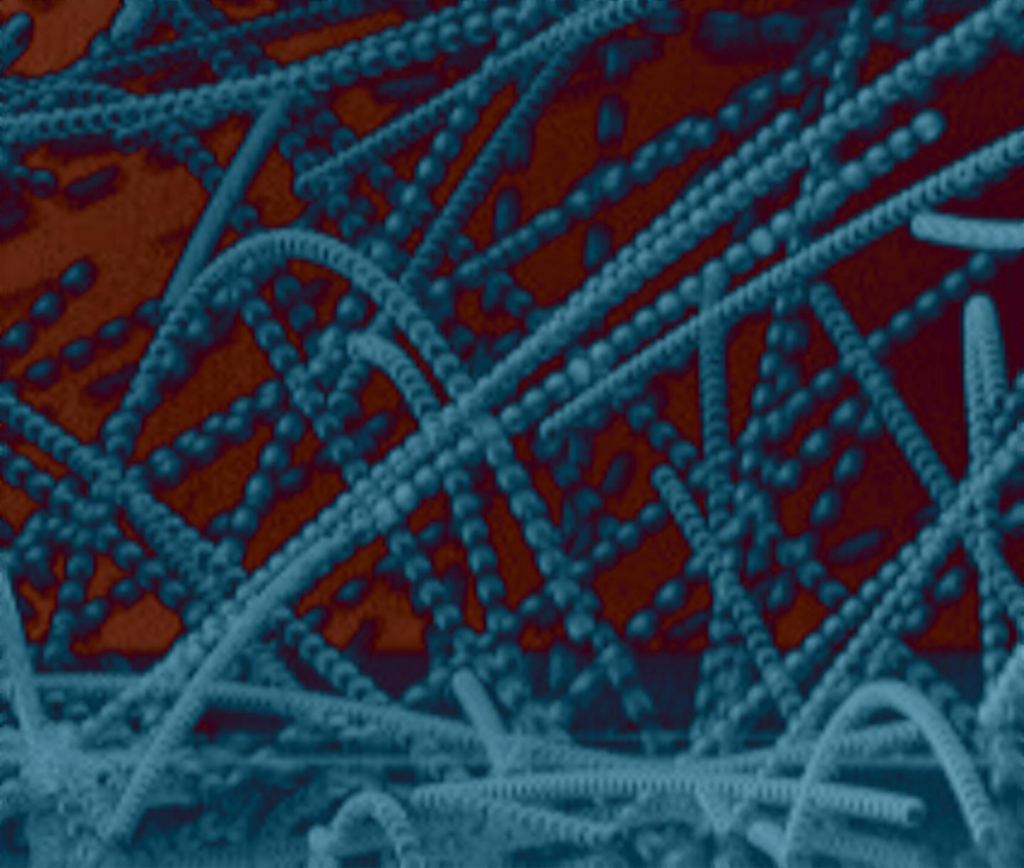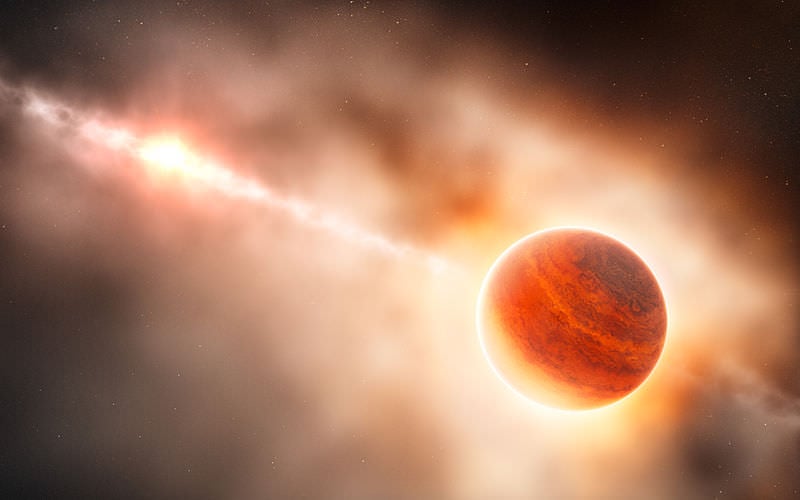According to the most widely accepted theory of planet formation (the Nebular Hypothesis), the Solar System began roughly 4.6 billion years ago from a massive cloud of dust and gas (aka. a nebula). After the cloud experienced gravitational collapse at the center, forming the Sun, the remaining gas and dust fell into a disk that orbited it. The planets gradually accreted from this disk over time, creating the system we know today.
However, until now, scientists have wondered how dust could come together in microgravity to form everything from stars and planets to asteroids. However, a new study by a team of German researchers (and co-authored by Rutgers University) found that matter in microgravity spontaneously develops strong electrical charges and stick together. These findings could resolve the long mystery of how planets formed.
Put simply, physicists have been in the dark about how nebular material can accumulate to form large bodies in space. Whereas adhesion can cause dust particles to stick together and large particles are drawn together by mutual gravity, the in-between stage has remained elusive. Basically, objects that range from millimeters and centimeters tend to bounce off each other rather than sticking together.
For the sake of their study, which recently appeared in the journal Nature, the team conducted an experiment where glass particles were placed in microgravity conditions to see how they behaved. Surprisingly, the team found that the particles developed strong electrical charges. So strong, in fact, that they polarized one another and behaved like magnets.
The team followed up on this by running computer simulations to see if this process could bridge the gap between fine particles clumping together and larger objects aggregating due to mutual gravity. What they found here was that planetary formation models agreed with their experiment data, so long as electrical charging is present.
These results effectively fill a longstanding gap in the most widely accepted model of planetary formation. In addition, they could have numerous industrial applications here on Earth. Said Troy Shinbrot, a professor of biomedical engineering at Rutgers University-New Brunswick and a co-author on the study:
"We may have overcome a fundamental obstacle in understanding how planets form. Mechanisms for generating aggregates in industrial processes have also been identified and that - we hope - may be controlled in future work. Both outcomes hinge on a new understanding that electrical polarization is central to aggregation."
The potential for industrial applications is due to the fact that similar processes are used on Earth in the production of everything from plastics to pharmaceuticals. This consists of gas pressure being used to push particles upwards, during which time they can aggregate due to static electricity. This can cause equipment failures and lead to flaws in the final product.
This study could therefore lead to the introduction of new methods in industrial processing that would be more effective than traditional electrostatic controls. Moreover, it could lead to a refinement of planetary formation theories by providing the missing link between fine particles and larger aggregates.
Another mystery solved, answer piece to puzzle. One step closer to answering the fundamental question, "how did it all begin?"
*Further Reading: EurekAlert!, Nature*
 Universe Today
Universe Today


